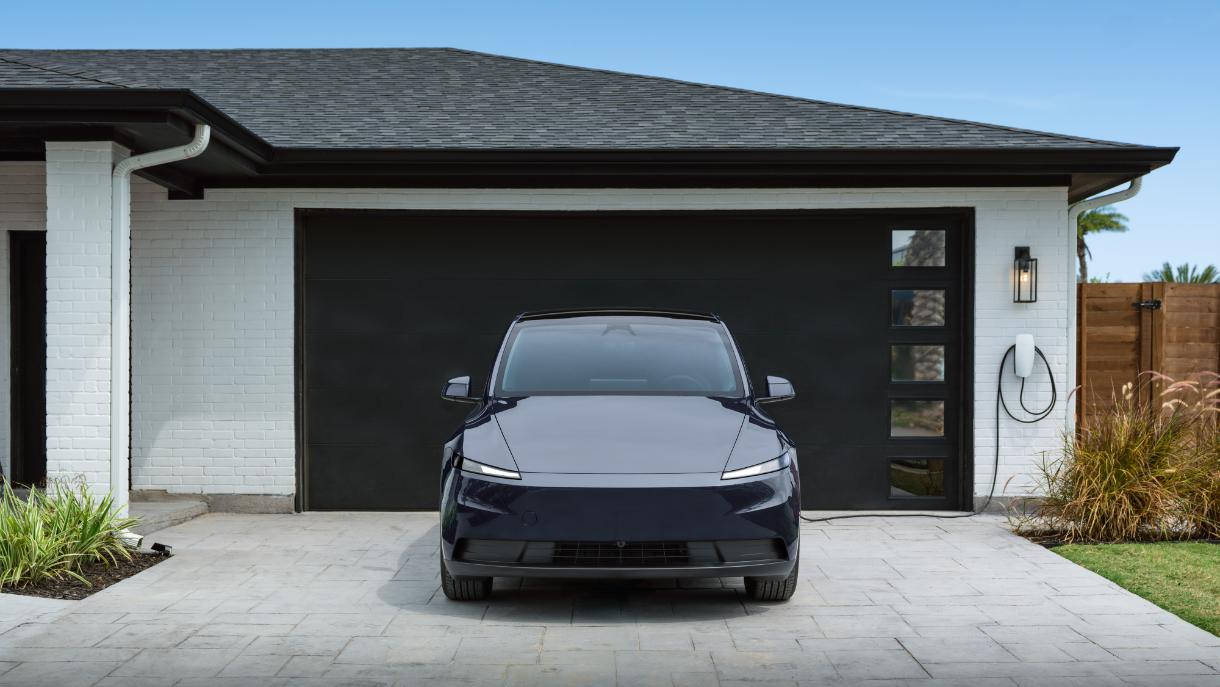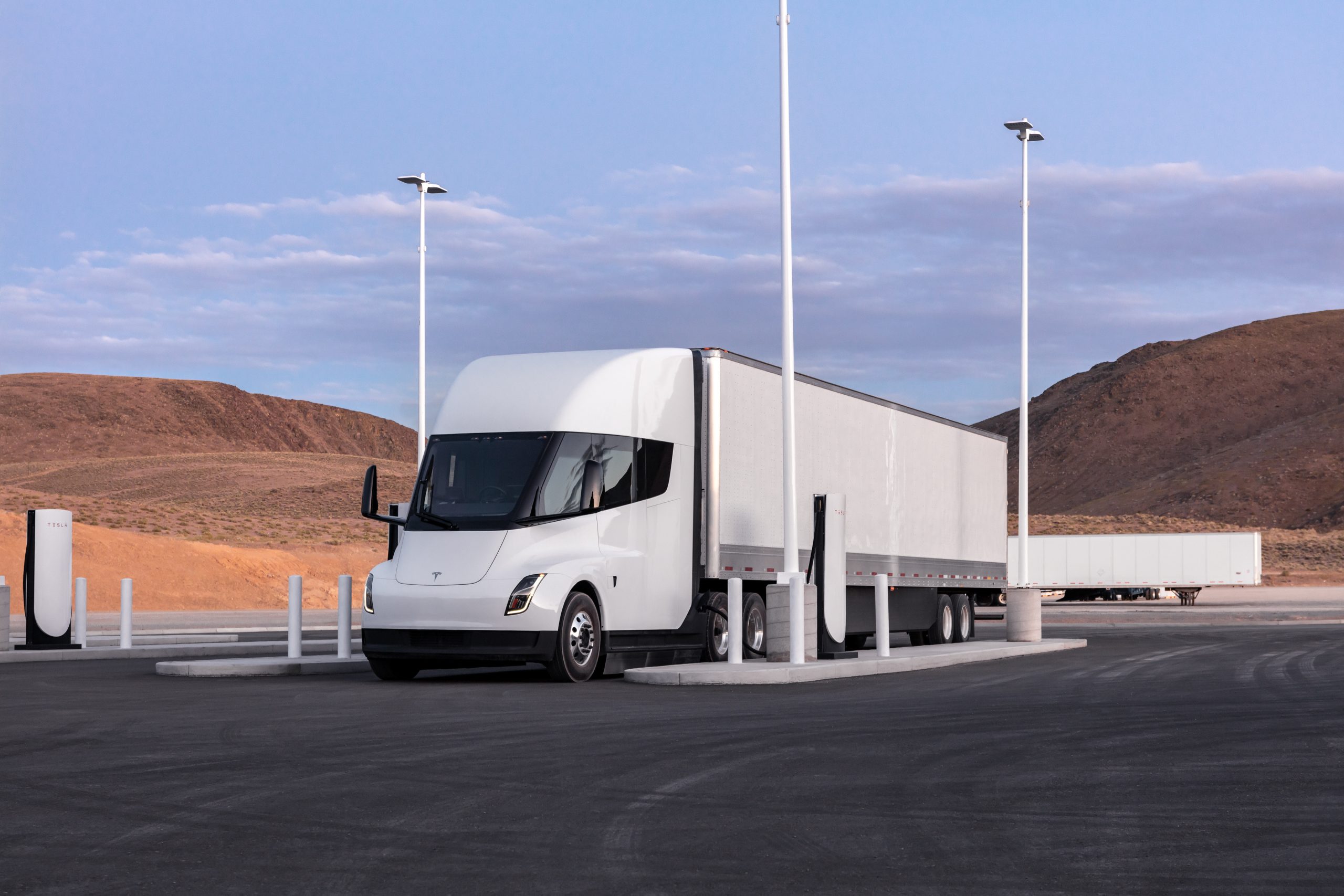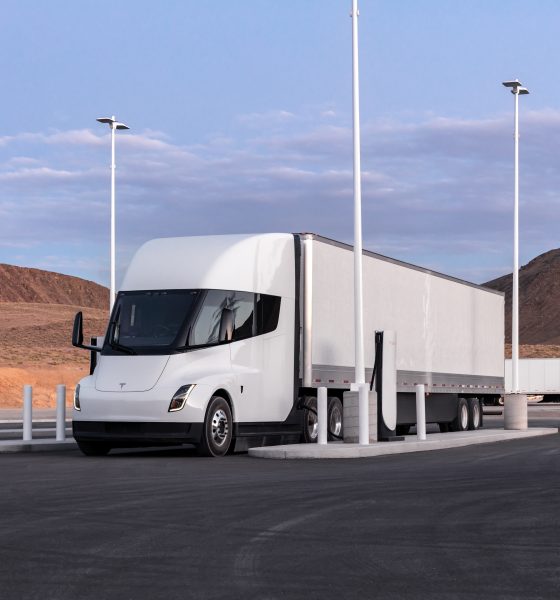You’ll never know how far the Tesla Semi, the Volvo VNR, or other electric semi-trucks will go according to EPA testing standards. The answer is incredibly complex, but simply put, the EPA does not test or evaluate heavy-duty trucks for range ratings. Don’t expect the agency to tell you how far the Tesla Semi or other EV trucks will go because testing simply does not happen.
This allows manufacturers of heavy-duty electric vehicles and semi-trucks to have a profoundly unique ability to control the narrative that surrounds how far their product can go on a full charge. As crazy as it sounds, customers leaping into the all-electric Class 8 sector are putting trust in the companies they buy from when weighing what is arguably the most important metric of the EV ownership experience: range.
Following the certification of the Tesla Semi by the EPA in late October, which Teslarati exclusively reported on, we were bombarded with questions surrounding the vehicle’s EPA-rated range. Light-duty passenger electric vehicles and their success can almost always be gauged by how customers react to range ratings during unveiling events. When Lucid announced it had successfully reached an EPA-rated 520 miles of range on a single charge in the Air Dream Edition, the EV world was astounded. While the vehicle has felt heavy demand on order logs, Lucid still fulfills them to this day.
Meanwhile, other manufacturers bring vehicles to the market with relatively “light” range projections or ratings. It is always disappointing to see a vehicle with so much potential offer so little of what EV owners want: driving range. People do not want to stop at EV chargers. They want to continue their journey on the roads.
Polestar’s recently-unveiled Polestar 3 comes to mind when I (and some others) think of an astounding vehicle with not-so-astounding range and efficiency. Despite its 111 kWh battery pack, the Polestar 3 only offers 379 miles of WLTP-rated range. WLTP ratings are usually much more generous than EPA ratings, so I am anticipating the vehicle to reach around 300 miles of range when the U.S. agency gets its hands on it.
When light-duty vehicles are assessed, approved, and granted Certificates of Conformity from the EPA, they are available for the public to read and include results on efficiency and range testing. This is where heavy-duty vehicles and the testing process differ vastly from light-duty ones.
While these are both vehicle classes that are purchased and used by consumers on public roads, only light-duty vehicles are assessed for range ratings, while heavy-duty vehicle manufacturers do not have their products’ range “evaluated, reported, or included” in an application for certification, the EPA said in an emailed statement.
The EPA has numerous documents relating to this idea, as well as the Society of Automotive Engineers (SAE). However, the documents never directly specified why heavy-duty vehicles are not required to be tested by federal agencies. That does not mean that reasoning is not available.
The fact of the matter is the agency may not have been prepared to test heavy-duty electric vehicles for range ratings, especially this soon. A document found in the Federal Register that was submitted by the EPA and Department of Transportation (USDOT) in 2016 titled, “Greenhouse Gas Emissions and Fuel Efficiency Standards for Medium- and Heavy-Duty Engines and Vehicles— Phase 2,” which established rules to reduce greenhouse gases, includes an interesting tidbit regarding electric vehicles:
“Given the high up-front costs and the developing nature of this technology, the agencies do not project fully electric vocational vehicles to be widely commercially available in the time frame of the final rules. For this reason, the agencies have not based the Phase 2 standards on adoption of full-electric vocational vehicles. We received many comments on electric trucks and buses. Specifically, EEI provided information on the total cost of ownership for electric trucks, and some applications may see attractive long-term cost.”
The time frame of the final rules is set to end in 2027 and apply to model year 2027 vehicles, according to the document.
The agency recognized in 2016 that these technologies may be in development, and we all know they are. As the EPA and NHTSA may not have been able to predict how quickly all-electric heavy-duty trucks would become a prevalent piece of American logistics, the agencies were aware that this technology was coming in the future:
“Phase 2 will include technology advancing standards that will phase in over the long-term (through model year 2027) to result in an ambitious, yet achievable program that will allow manufacturers to meet standards through a mix of different technologies at reasonable cost. The terminal requirements go into effect in 2027, and would apply to MY 2027 and subsequent model year vehicles, unless modified by future rulemaking. The Phase 2 standards will maintain the underlying regulatory structure developed in the Phase 1 program, such as the general categorization of MDVs and HDVs and the separate standards for vehicles and engines. However, the Phase 2 program will build on and advance Phase 1 in a number of important ways including the following: basing standards not only on currently available technologies but also on utilization of technologies now under development or not yet widely deployed while providing significant lead time to assure adequate time to develop, test, and phase in these controls.”
So, how do manufacturers determine range?
This is where things get very tricky because if the EPA is not testing the range itself as an unbiased government organization, it means manufacturers are required to test the vehicles themselves, leaving consumers to trust the companies that they are buying from.
Technically, manufacturers could say whatever they want regarding their electric trucks. Tesla has maintained significant range ratings for the Semi throughout its development, with Elon Musk recently stating the vehicle will have 500 miles of range per charge, with a sizeable payload. Of course, Tesla has been testing its vehicle internally and with the help of verified customers, like Frito Lay, who will take delivery of the first Semi on December 1.
It really comes down to independent testing. Volvo, for example, tested the range of its all-electric VNR Class 8 heavy-duty truck through a pilot program with third-party companies. Through its LIGHTS (Low Impact Green Heavy Transport Solutions) project, Volvo had companies like NFI Industries test the VNR through its commercial operations to prove and demonstrate the truck’s ability.
“By participating in the Volvo LIGHTS project, NFI is helping to prove that Volvo’s VNR Electric trucks can handle the daily rigors of freight movement. NFI continues to be a leader in sustainability, and it comes across in everything they do,” Peter Voorhoeve, president of Volvo Trucks North America, said. “NFI is realizing the immediate value the electric VNR provides—not just by eliminating emissions but creating an enthusiastic workforce complimenting the experience of driving these electric truck models.”
The LIGHTS project ran through 2021 and provided Volvo with “real-world operational data critical to the successful commercial scaling of these vehicles.”
So how do you know how far an all-electric Class 8 heavy-duty vehicle goes? You might literally have to find out for yourself, or you can trust the manufacturer’s word for it.
I’d love to hear from you! If you have any comments, concerns, or questions, please email me at joey@teslarati.com. You can also reach me on Twitter @KlenderJoey, or if you have news tips, you can email us at tips@teslarati.com.

News
SpaceX shades airline for seeking contract with Amazon’s Starlink rival

SpaceX employees, including its CEO Elon Musk, shaded American Airlines on social media this past weekend due to the company’s reported talks with Amazon’s Starlink rival, Leo.
Starlink has been adopted by several airlines, including United Airlines, Qatar Airways, Hawaiian Airlines, WestJet, Air France, airBaltic, and others. It has gained notoriety as an extremely solid, dependable, and reliable option for airline travel, as traditional options frequently cause users to lose connection to the internet.
Many airlines have made the switch, while others continue to mull the options available to them. American Airlines is one of them.
A report from Bloomberg indicates the airline is thinking of going with a Starlink rival owned by Amazon, called Leo. It was previously referred to as Project Kuiper.
American CEO Robert Isom said (via Bloomberg):
“While there’s Starlink, there are other low-Earth-orbit satellite opportunities that we can look at. We’re making sure that American is going to have what our customers need.”
Isom also said American has been in touch with Amazon about installing Leo on its aircraft, but he would not reveal the status of any discussions with the company.
The report caught the attention of Michael Nicolls, the Vice President of Starlink Engineering at SpaceX, who said:
“Only fly on airlines with good connectivity… and only one source of good connectivity at the moment…”
CEO Elon Musk replied to Nicolls by stating that American Airlines risks losing “a lot of customers if their connectivity solution fails.”
American Airlines will lose a lot of customers if their connectivity solution fails
— Elon Musk (@elonmusk) December 14, 2025
There are over 8,000 Starlink satellites in orbit currently, offering internet coverage in over 150 countries and territories globally. SpaceX expands its array of satellites nearly every week with launches from California and Florida, aiming to offer internet access to everyone across the globe.
Currently, the company is focusing on expanding into new markets, such as Africa and Asia.
News
Tesla Model Y Standard stuns in new range test, besting its Premium siblings
Tesla’s newer vehicles have continued to meet or exceed their EPA estimates. This is a drastic change, as every 2018-2023 model year Tesla that Edmunds assessed did not meet its range estimates.

The Tesla Model Y Standard stunned in a new range test performed by automotive media outlet Edmunds, besting all of its Premium siblings that are more expensive and more luxurious in terms of features.
Testing showed the Model Y Standard exceeded its EPA-estimated range rating of 321 miles, as Edmunds said it is the “longest-range Model Y that we’ve ever put on our loop.” In the past, some vehicles have come up short in comparison with EPA ranges; for example, the Model Y’s previous generation vehicle had an EPA-estimated range of 330 miles, but only drove 310.
Additionally, the Launch Series Model Y, the first configuration to be built in the “Juniper” program, landed perfectly on the EPA’s range estimates at 327 miles.
It was also more efficient than Premium offerings, as it utilized just 22.8 kWh to go 100 miles. The Launch Series used 26.8 kWh to travel the same distance.
It is tested using Edmunds’ traditional EV range testing procedure, which follows a strict route of 60 percent city and 40 percent highway driving. The average speed throughout the trip is 40 MPH, and the car is required to stay within 5 MPH of all posted speed limits.
Each car is also put in its most efficient drive setting, and the climate is kept on auto at 72 degrees.
“All of this most accurately represents the real-world driving that owners do day to day,” the publication says.
With this procedure, testing is as consistent as it can get. Of course, there are other factors, like temperature and traffic density. However, one thing is important to note: Tesla’s newer vehicles have continued to meet or exceed their EPA estimates. This is a drastic change, as every 2018-2023 model year Tesla that Edmunds assessed did not meet its range estimates.
Tesla Model Y Standard vs. Tesla Model Y Premium
Tesla’s two Model Y levels both offer a great option for whichever fits your budget. However, when you sit in both cars, you will notice distinct differences between them.
The Premium definitely has a more luxurious feel, while the Standard is stripped of many of the more premium features, like Vegan Leather Interior, acoustic-lined glass, and a better sound system.
You can read our full review of the Model Y Standard below:
Tesla Model Y Standard Full Review: Is it worth the lower price?
News
Xpeng CEO: Tesla FSD 14.2 has developed “near-Level 4” performance
While acknowledging that imperfections remain, the Xpeng CEO said FSD’s current iteration significantly surpasses last year’s capabilities.

Xpeng CEO He Xiaopeng has offered fresh praise for Tesla’s Full Self-Driving (FSD) system after revisiting Silicon Valley more than a year after his first hands-on experience.
Following extended test drives of Tesla vehicles running the latest FSD software, He stated that the system has made major strides, reinforcing his view that Tesla’s approach to autonomy is indeed the proper path towards autonomy.
Tesla FSD closing in on Level 4 driving
During his visit, He test-drove a Tesla equipped with FSD V14.2. He also rode in a Tesla Robotaxi. Over roughly five hours of driving across Silicon Valley and San Francisco, He said both vehicles delivered consistent and reassuring performance, a notable improvement from his experience a year earlier.
According to He, Tesla’s FSD has evolved from a smooth Level 2 advanced driver assistance system into what he described as a “near-Level 4” experience in terms of capabilities. While acknowledging that imperfections remain, the Xpeng CEO said FSD’s current iteration significantly surpasses last year’s capabilities. He also reiterated his belief that Tesla’s strategy of using the same autonomous software and hardware architecture across private vehicles and robotaxis is the right long-term approach, allowing users to bypass intermediate autonomy stages and move closer to Level 4 functionality.
He previously tested Tesla’s FSD V12.3.6 and Waymo vehicles in California in mid-2024, noting at the time that Waymo performed better in dense urban environments like San Francisco, while Tesla excelled in Silicon Valley and on highways.
Xpeng’s ambitious autonomy roadmap and internal challenge
The Silicon Valley visit also served as a benchmark for Xpeng’s own autonomy ambitions. He stated that Xpeng is looking to improve its VLA autonomous driving system to match the performance of Tesla’s FSD V14.2 within China by August 30, 2026. Xpeng is poised to release its VLA 2.0 smart driving software next quarter, though He cautioned that the initial version will not be able to match FSD V14.2’s capabilities, as noted in a CNEV Post report.
He also added a personal twist to the goal, publicly challenging Xpeng’s autonomous driving team. If the performance target is met by the 2026 deadline, the CEO stated that he will approve the creation of a Chinese-style cafeteria for Xpeng’s Silicon Valley team. If not, Liu Xianming, head of Xpeng’s autonomous driving unit, has pledged to run naked across the Golden Gate Bridge, He noted.










